
Welcome to Hyperion Records, a British classical label devoted to presenting high-quality recordings of music of all styles and from all periods from the twelfth century to the twenty-first.
Hyperion offers both CDs, and downloads in a number of formats. The site is also available in several languages.
Please use the dropdown buttons to set your preferred options, or use the checkbox to accept the defaults.

 PERFORMANCE
PERFORMANCE RECORDING
RECORDING
from notes by Angela Hewitt © 1997
extrait des notes rédigées par Angela Hewitt © 1997
Français: Hypérion
aus dem Begleittext von Angela Hewitt © 1997
Deutsch: Manuela Hübner
 Bach: Angela Hewitt – The Bach Recordings Bach: Angela Hewitt – The Bach Recordings‘One of the record glories of our age’ THE SUNDAY TIMES. For the first time ever, Angela Hewitt’s complete recordings of the Bach keyboard works on Hyperion are presented in one collection of 27 CDs. This covers nearly 25 years of Angela’s Bach re ...» More |
 Bach: Angela Hewitt plays Bach Bach: Angela Hewitt plays BachAngela Hewitt’s acclaimed recordings of Bach on the piano have received the highest critical acclaim and found their way into thousands of homes, selling nearly 400,000 copies since her recording of the Inventions burst onto the scene in 1994. Now ...» More |
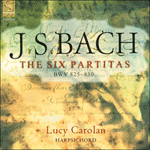 Bach: The Six Partitas Bach: The Six PartitasThis is a double release of the six partitas for harpsichord by J.S.Bach BWV 825-830 (1726 to 1731). These works offer a variety in intellectual depth and technical difficulty—all of which is heard to great effect at the hands of Lucy Caro ...» More |
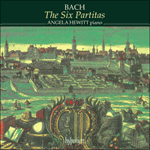 Bach: The Six Partitas Bach: The Six Partitas‘Effortlessly eclipsing all competition … the whole disc gives unalloyed pleasure; definitely one of my choices of the year’ (Gramophone) ‘One of the outstanding Bach pianists of our time, her playing of the great Partitas is something very special indeed. She is formidably equipped for ...» More |
 Bach: The Six Partitas Bach: The Six PartitasA wonderful new recording of what Bach designated his ‘Opus 1’. Angela Hewitt describes a lifetime of living with Bach’s music as ‘a great gift and a lifelong adventure’; we are fortunate to have such an authoritative companion and guide to that a ...» More |
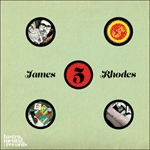 James Rhodes 5 James Rhodes 5Five years on from his debut recording, James Rhodes has firmly established himself in the classical world as a pioneering figure—reaching out through concerts, recordings and television documentaries to create new classical music fans whilst rema ...» More |
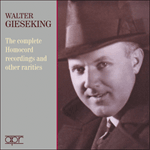 Walter Gieseking - The complete Homocord recordings and other rarities Walter Gieseking - The complete Homocord recordings and other raritiesWalter Gieseking is known as one of the greatest 20th-century pianists, and his playing of Debussy and Ravel in particular is often regarded as definitive. For most of his recording career he recorded for Columbia, but his earliest recordings were ...» More |
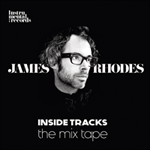 Inside tracks - the James Rhodes mix tape Inside tracks - the James Rhodes mix tapeA selection of James Rhodes' personal favourites, tracks taken from his four earlier Signum albums.» More |
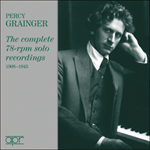 Percy Grainger - The complete 78-rpm solo recordings Percy Grainger - The complete 78-rpm solo recordings‘Here’s something a little bit special to mark the fiftieth anniversary of the death of Percy Grainger … Grainger was a charismatic pianist and a ... ‘The best of Grainger’s shellac efforts retain their vividness and communicative immediacy. Even if Grainger had never met and befriended Grieg, his i ...» More |

